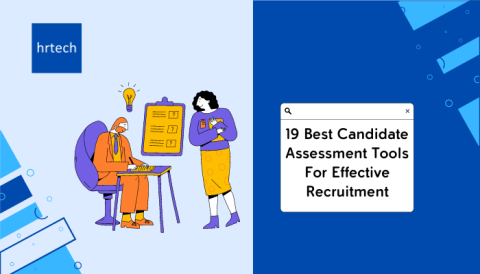Hiring the wrong candidate can cost your business far more than just time, it can impact productivity, morale, and even revenue. Yet, many organisations still treat the process of screening as a routine task, not a strategic advantage.
But the truth is, without a structured, data-driven approach, you risk overlooking the best talent or letting bias creep in.
In this article, we break down the most effective methods for the process of screening candidates. From resume reviews to AI-powered assessments, you’ll learn how to streamline hiring, reduce risks, and build a high-performing workforce with confidence.
What Is the Candidate Screening Process?
The process of screening is the structured evaluation of job applicants to ensure they meet your organisation’s skill, experience, and cultural requirements before moving to the final interview stages.
According to Glassdoor, the average corporate job attracts 250 resumes, but only 4-6 candidates get invited for interviews.
A clear candidate screening process helps you filter out unqualified profiles quickly, saving both time and resources.
Now that we’ve clarified what screening entails, let’s explore the goals behind implementing a structured process.
Core Objectives of Candidate Screening
1. Eliminate Unqualified Applicants Early
- Reduce time spent on irrelevant profiles.
- Focus efforts on the most promising candidates.
2. Ensure Role and Culture Fit
- Align skills and experience with job requirements.
- Assess values and attitudes that fit your company’s culture.
3. Improve Hiring Quality and Speed
- Shorten time-to-hire by filtering faster.
- Maintain high-quality hires with structured decision-making.
Meeting these objectives requires more than instinct, it demands consistency and strategy.
Why a Structured Process Matters
Without clear screening steps, you risk hiring based on gut feelings or overlooking top talent due to inconsistent evaluation. A structured candidate screening process ensures:
- Consistency: Every candidate is evaluated on the same criteria.
- Fairness: Biases are minimised with standardised methods.
- Compliance: You stay aligned with labour laws and anti-discrimination policies.
- Data-Driven Decisions: You rely on measurable insights, not assumptions.
So, where exactly does screening fit into the broader recruitment pipeline?
Where Screening Fits in the Hiring Funnel
- Pre-Screening Stage: Reviewing applications, resumes, and cover letters.
- Screening Stage: Conducting phone or video interviews, skill assessments, and background checks.
- Shortlisting Stage: Selecting the most qualified candidates to move forward to final interviews.
Once you understand the funnel, it’s time to look at the step-by-step process for effective candidate screening.
Key Screening Steps in the Recruitment Process
Building a reliable candidate screening process starts with following the right steps in the right order. Whether you’re screening for entry-level positions or executive roles, these steps help you identify top talent faster while reducing bias and administrative overhead.
Let’s explore the screening steps every business leader or HR professional should follow to strengthen hiring outcomes.
1. Resume and Application Review
Start by filtering applicants based on the job requirements you’ve defined. Look for:
- Relevant skills and qualifications listed in the job description.
- Experience levels that match the role’s seniority.
- Clear career progression and achievements.
- Red flags, such as unexplained gaps or inconsistent job titles.
According to Rakhi Pal on LinkedIn, recruiters spend an average of 6-7 seconds scanning a resume. Automated screening tools can help you prioritise the best-fit profiles faster.
2. Phone or Video Screening Interviews
Once you’ve shortlisted resumes, the next step is a preliminary conversation to validate the information and assess communication skills. This step helps you:
- Clarify key role expectations with the candidate.
- Assess soft skills, such as articulation and professionalism.
- Evaluate interest and cultural fit before investing more time.
3. Skills and Competency Assessments
Move beyond the resume and put candidates’ capabilities to the test with:
- Technical assessments for role-specific skills (e.g., coding, writing, or financial analysis).
- Situational judgment tests to evaluate problem-solving and decision-making.
- Cognitive ability assessments to measure reasoning and learning agility.
These assessments provide data-driven insights into how well a candidate can perform in real-world scenarios.
4. Background and Reference Checks
Before making a final shortlist, validate the candidate’s professional history by:
- Verifying previous employment and educational qualifications.
- Contacting professional references to gather performance feedback.
- Running criminal or compliance checks where applicable.
5. Social Media and Online Presence Review
While optional, reviewing a candidate’s online presence can reveal additional insights into:
- Professional behaviour and industry engagement.
- Personal values and how they align with your company culture.
- Any red flags that could pose reputational risks.
Be mindful to evaluate public professional content only and avoid personal bias.
By consistently following these screening steps, you improve the chances of identifying the right talent early, saving time and reducing costly hiring mistakes.
Following these steps builds the foundation, but your methods will determine the strength of your outcomes.
Methods for Effective Candidate Screening
Following the process of screening is about applying the right methods to uncover candidates who are not just qualified on paper, but capable of driving real business outcomes.
Below are some of the most effective, scalable, and compliant methods to strengthen your candidate screening process.
1. Automated Resume Screening Tools
Manually reviewing hundreds of resumes isn’t scalable. Automated tools powered by AI and machine learning can:
- Scan resumes for relevant keywords, skills, and experience.
- Rank candidates based on predefined job criteria.
- Eliminate bias-prone manual shortlisting while improving speed.
Explore the Top Tools for Effective Candidate Assessment to find the right fit for your hiring strategy.
2. Structured Interview Frameworks
Unstructured interviews increase the risk of bias and inconsistency. Instead, apply structured methods that include:
- Standardised questions aligned with job competencies.
- Scorecards to evaluate candidates objectively.
- Consistent evaluation criteria for all applicants.
This approach improves reliability and ensures every candidate is assessed fairly.
Need help creating effective questions? Explore 50 key HR screening questions to find top talent and build a reliable interview framework.
3. Pre-Employment Assessments
Go beyond resumes by testing real-world skills through:
- Job-specific tasks, such as writing samples, coding challenges, or case studies.
- Behavioural assessments to predict cultural fit and teamwork capabilities.
- Cognitive ability tests to measure learning agility and problem-solving skills.
4. Video Screening and Asynchronous Interviews
Video screening allows you to:
- Assess communication skills, presentation style, and professionalism.
- Review responses at scale, without the need for live scheduling.
- Create a consistent screening experience across all candidates.
Asynchronous interviews give candidates flexibility while giving hiring managers scalable review options.
5. Background Verification and Reference Checks
Confirm the accuracy of candidate claims through:
- Employment verification with previous employers.
- Educational credential validation.
- Reference checks for performance and character insights.
6. Social and Digital Footprint Review
Evaluate the candidate’s professional presence by:
- Reviewing LinkedIn profiles for endorsements, activity, and industry participation.
- Checking published articles, presentations, or portfolio links.
- Identifying potential red flags that conflict with your company’s values.
This method provides additional context beyond the formal application process.
7. Candidate Experience Surveys
Finally, closing the feedback loop with post-screening surveys helps you:
- Understand candidate perceptions of your screening process.
- Improve your employer brand based on feedback.
- Refine your methods to make future screenings more effective.
By adopting these methods, you turn the candidate screening process into a data-driven, people-focused strategy that helps you hire with greater confidence and efficiency.
Even with robust methods, screening isn’t without its challenges, let’s break down what to expect and how to overcome it.
Common Challenges and Solutions in Candidate Screening
Even the most well-planned candidate screening process comes with hurdles, especially when you’re dealing with high application volumes, tight timelines, or niche hiring needs. Recognising these challenges early and applying the right solutions can dramatically improve your hiring outcomes.
1. Overwhelming Volume of Applications
The Problem: It’s not uncommon to receive hundreds of resumes for a single job opening. Manually reviewing them wastes time and risks overlooking strong candidates.
Solution: Leverage automated screening tools that:
- Filter resumes based on role-specific keywords and qualifications.
- Rank candidates so your team focuses only on top matches.
2. Unconscious Bias in Shortlisting
The Problem: Subjective judgments based on names, backgrounds, or universities can lead to biased hiring decisions, hurting diversity and inclusion goals.
Solution: Introduce structured, bias-reducing practices such as:
- Blind resume screening to hide personal identifiers.
- Standardised interview scorecards based on role-relevant criteria.
- Diverse hiring panels to balance perspectives.
3. Inconsistent Screening Criteria Across Roles
The Problem: When different hiring managers apply different screening standards, you risk misalignment and missed opportunities.
Solution:
- Define clear, role-specific screening criteria in advance.
- Train teams on applying screening steps consistently.
- Use centralised Applicant Tracking Systems (ATS) to manage evaluations.
4. Candidates Dropping Out Due to Delayed Communication
The Problem: Top talent won’t wait around. Long screening cycles or a lack of updates increase candidate drop-off rates.
Solution:
- Set internal response time targets for each screening stage.
- Automate email or SMS updates through your ATS.
- Keep candidates engaged with timely feedback and next steps.
5. Difficulty Verifying Candidate Claims
The Problem: Resumes don’t always tell the full story. Candidates may inflate qualifications or misrepresent experience.
Solution:
- Conduct background checks and employment verifications.
- Contact professional references for real-world performance insights.
- Use practical assessments to validate skills before hiring.
By tackling these challenges head-on, you strengthen your candidate screening process and position your organisation to secure top talent more efficiently and fairly.
With those challenges addressed, here’s how to future-proof your process through best practices.
Best Practices for the Screening Process
Even with the right methods, your candidate screening process can fall short without a clear strategy. Here are five best practices to help you screen smarter, faster, and more fairly, no matter your industry or company size.
1. Define Clear Job Requirements First
Before screening starts, align with hiring managers on:
- Must-have skills and experience.
- Nice-to-have qualifications.
- Cultural and team fit criteria.
2. Apply the Same Screening Steps for All Candidates
Maintain fairness and consistency by:
- Using standardised interview questions and scorecards.
- Applying the same assessments to all shortlists.
- Documenting evaluations to support unbiased decisions.
3. Balance Automation With Human Oversight
Automate resume filtering and scheduling, but make sure human reviewers:
- Validate shortlists for context and quality.
- Identify potential beyond keywords.
- Ensure alignment with company values.
4. Communicate Clearly and Promptly
Keep candidates informed at every stage by:
- Acknowledging applications.
- Sharing timelines for next steps.
- Providing feedback where possible.
5. Stay Legally Compliant
Avoid discrimination and legal pitfalls by:
- Adhering to local labour laws.
- Avoiding questions on personal identifiers (age, gender, marital status).
- Ensuring data privacy with the secure handling of candidate information.
By following these best practices, you elevate the process of screening from a basic task to a strategic advantage, helping you secure top talent while protecting your brand reputation.
Conclusion
A strong candidate screening process does more than reduce hiring risks, it helps you secure the talent that drives real business impact. From defining clear screening steps to leveraging the right tools and methods, every decision you make today shapes the future of your workforce.
Ready to improve your screening outcomes? Start by evaluating your current process, align your teams on best practices, and explore technology solutions that streamline hiring without compromising quality.
Need expert advice or looking for trusted screening tools? Visit TeamLease Digital MarketMap to compare top solutions or contact us for personalised recommendations.







